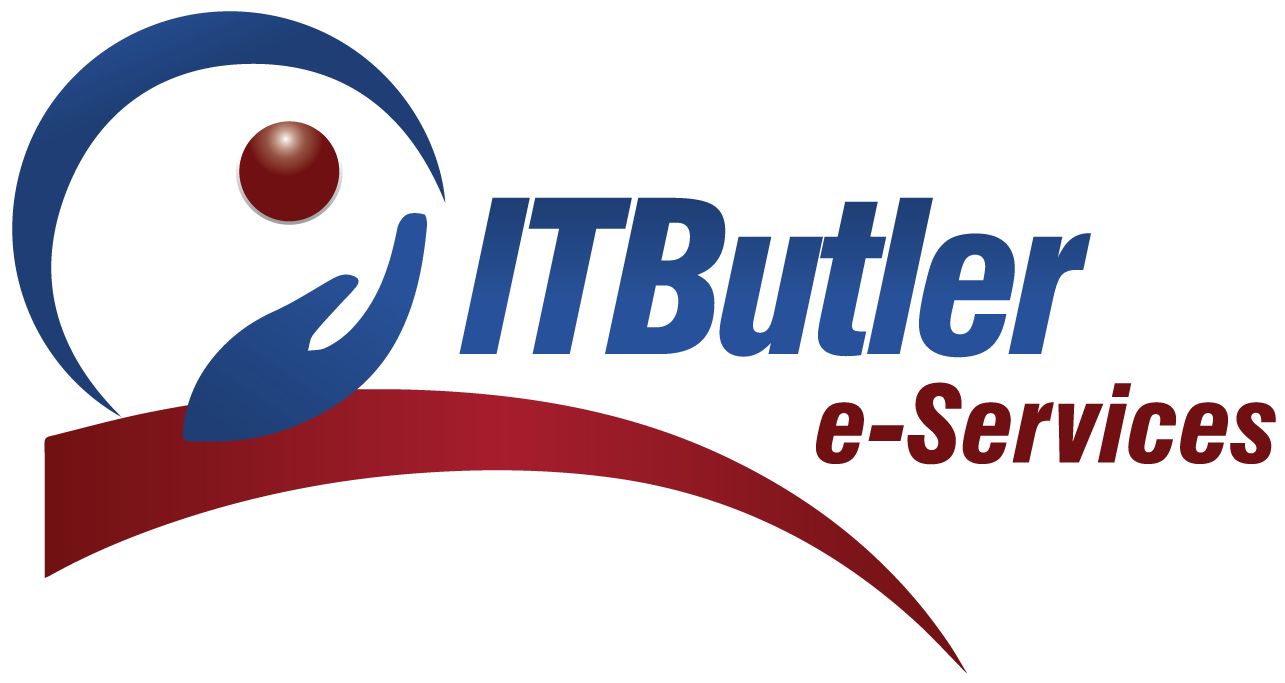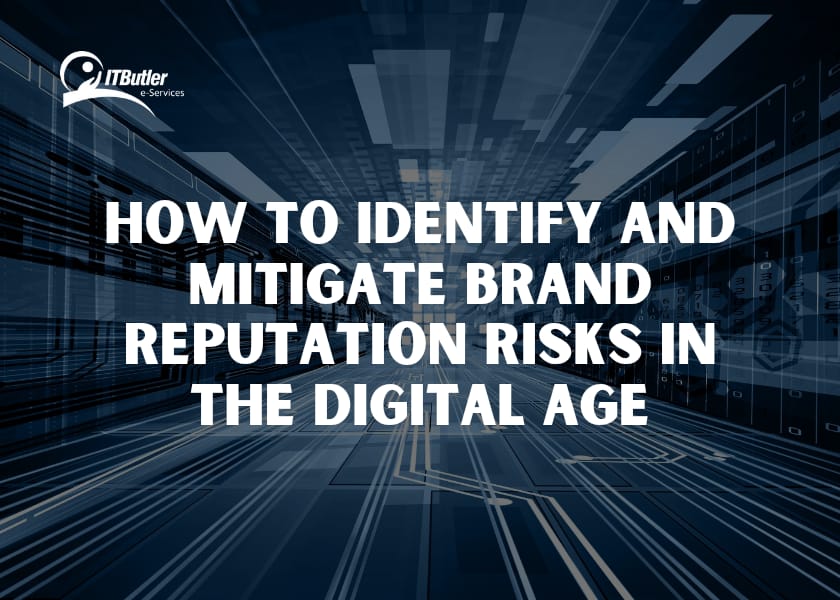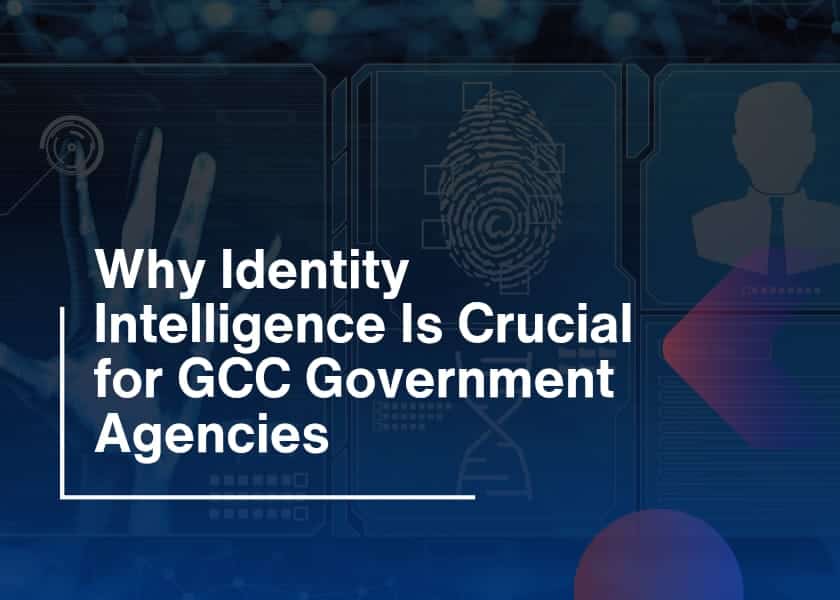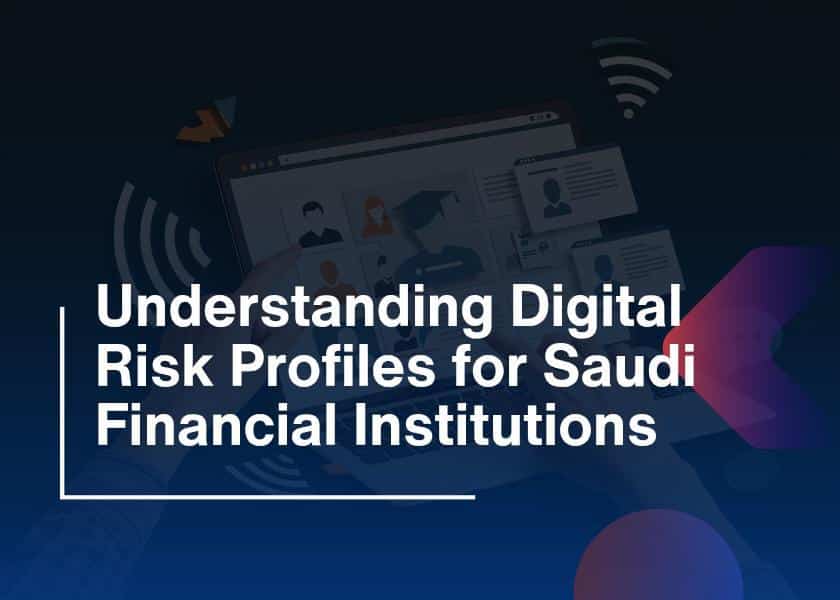How many times have you Googled your brand name and discovered a negative review or some misleading comment? Well, your brand reputation is one click away from being damaged. But how do you even begin to identify those brand reputation risks before they damage?
However, once you have identified them, how do you prevent damage from the potential risks to your brand? But is it possible to manage these risks and get ahead in the game without losing your loyal customers?
Let’s discuss the brand reputation risks in the digital age and learn how to protect the image of your brand.
What Exactly Are Brand Reputation Risks?
Let’s define, the monster that we’re dealing with, brand reputation risk. As it can harm how people perceive your business online. It could be a viral negative review, a badly timed tweet, or even a competitor’s shady move. Thus, brand risks can pop up when you least expect them and spiral out of control.
Moreover, it tends to spread like wildfire when it hits. People start talking, sharing, and complaining, and suddenly your brand is the topic of conversation for all the wrong reasons. So how do you spot them before they do irreparable harm?
Identify Brand Reputation Risks
First off, knowing where to look is how one protects his brand. Therefore, it can be thought of as a detective without a coat and magnifying glass. A few places where brand reputation risks tend to hang out are;
a) Social Media
Social media, the good, the bad, and the ugly. Meanwhile, on Twitter, Facebook, Instagram, or TikTok a negative comment or post spreads faster than you can say “delete.”
Therefore, watch your mentions and listen to hashtags related to your brand. So that when things get sideways, you can jump in and handle it. You have to respond quickly to negativity, do not ignore it and hope it just goes away.
b) Online Reviews
Online reviews are the modern version of word of mouth. However, one dissatisfied customer who has taken the time to write a 1-star review can be that first domino.
Therefore, the key here is to follow review sites like Google My Business, Yelp, and Trustpilot. Create alerts and watch out what others say about your products or services.
c) Customers’ Feedback and Surveys
Sometimes, they don’t just leave some bad reviews instead they also explain exactly what’s bothering them. So, listen to their feedback. It might not always be good, but it’s like your brand’s personal mirror showing you where you need to improve.
d) Competitor Movements
Believe it or not, your competition could be a source of brand reputation risks. As if a competitor spreads untruthful rumors about you or utilizes an online slip-up for their own advantage. It is considered playing dirty. So stay vigilant for that competition, not just for shifts in market trends but also for nefarious activity.
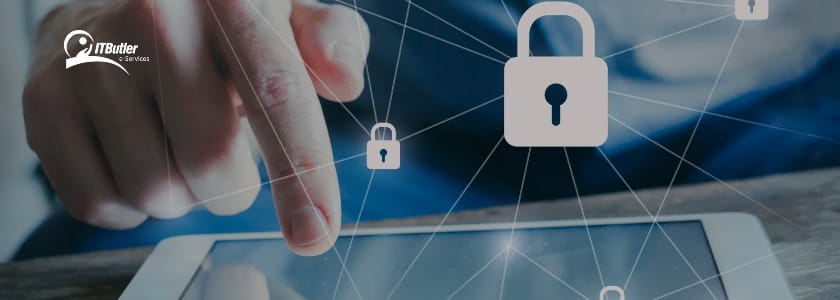
The Power of Digital Risk Management
Now that we know where reputation risks live, it’s time to learn how to fight back. However, the good news is that digital risk management is like your brand’s personal bodyguard. As it helps to keep the nasty stuff at bay.
1. Set up reputation monitoring tools
Monitor your brand, there is no need to do that manually there are tools for that! However, tools like Google Alerts, Mention, and Brand24 track online mentions of your brand, so you don’t have to. These tools will notify you whenever your brand is mentioned so you can respond before things get out of hand.
2. Interact with Customers
It has nothing to do with merely posting pretty pictures of your product or service. Instead building relationships is what it’s all about, and setting up relationships is done through responding to comments.
That way, you can knock out any misconceptions before they grow into full-fledged problems. Thus, it is just like giving your audience a digital hug.
3. Have a crisis management plan
When something bad happens, a crisis management plan is like having an emergency kit for your brand. Therefore, this plan should define how, when, and who will manage the incidents, and outline what will happen now.
Whether it is an angry customer, knowing how to react can help you stay calm and composed. After all, nothing says “we got this” like a well-prepared plan.
4. Track Your Site and Content
Your website and content are usually the first places people will go to understand more about your brand. Therefore, keeping them fresh and user-friendly is a no-brainer. But there’s that other layer here, ensuring nobody posts unauthorized or harmful content on your site. Make sure your website is safe and has the right tools to prevent it from falling into the wrong hands.
Mitigation of brand risk before it escalates
Prevention is better than cure. So be proactive, and you can prevent brand reputation risks before they gain any mileage. Here is how you can avoid a brand risk before it turns into crisis:
1. Building trust through transparency
However, the key to long-term brand reputation management is trust. Trust is built through transparency. So if something goes wrong, admit it! Honesty is always the best policy.
Customers forgive a mistake if they see that you’re owning up to it and taking steps to make it right. Being transparent can increase customer loyalty in the long run. So, be your inner superhero and save the day with honesty.
2. Respond Promptly and Politely
Fast response is the difference between a small headache and a global migraine. So, if you identify any reputation risk, say angry review or viral post, act fast.
Politely, professionally, and empathetically react to the issue, not even if the person was completely in the wrong. But you show that you care for his opinion by keeping it professional, and not getting into a petty argument. Because you’re representing your brand so keep it classy.
3. Utilize Positive Reviews
Good reviews, similar to sunshine on a rainy day, make everything brighter. Therefore, post positive reviews on your website and on social media channels. Thus, this enhances your credibility in addition to silencing the noise of hatred.
Conclusion
Brand reputation risks are bound to happen in the digital age, but it is possible to avoid being taken down. Digital risk management identifies the potential risks early, along with the implementation of corresponding strategies to be proactive. Thus possibly wade your way through a questionable situation.
Remember, the digital world can be just a bit of a wild ride. But with the appropriate tools and attitude, you can keep your brand safe and sound.
